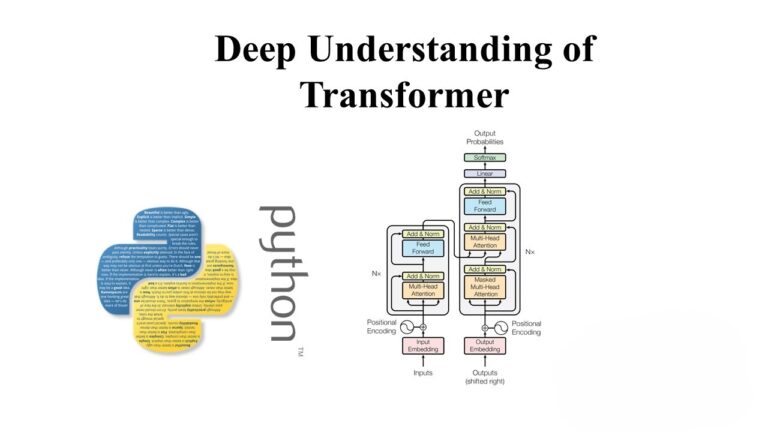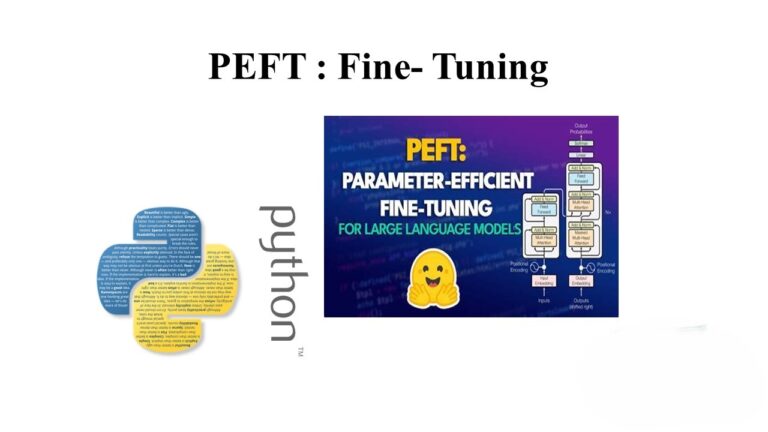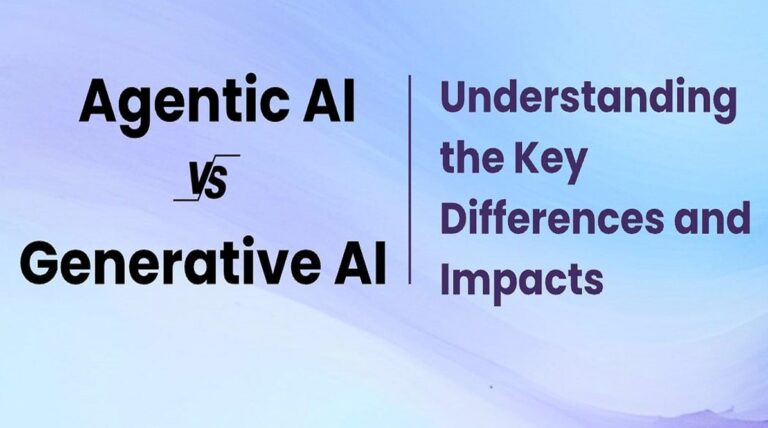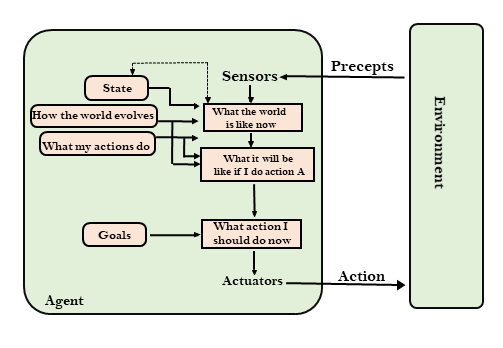Google’s Gemma 3: Revolutionizing Open AI Models
In the rapidly evolving landscape of artificial intelligence, Google has consistently positioned itself at the forefront of innovation. The recent unveiling of Gemma 3, the latest in its series of open AI models, underscores this commitment. Gemma 3 introduces a suite of advanced features designed to enhance accessibility, efficiency, and performance in AI applications.
Evolution from Gemini to Gemma
Gemma 3 is built upon the foundational research and technology that powered Google’s Gemini 2.0 models. This evolution signifies a strategic shift towards creating lightweight, state-of-the-art models optimized for a broader range of applications. The transition from Gemini to Gemma reflects Google’s dedication to refining AI capabilities while ensuring practical deployment across various platforms.
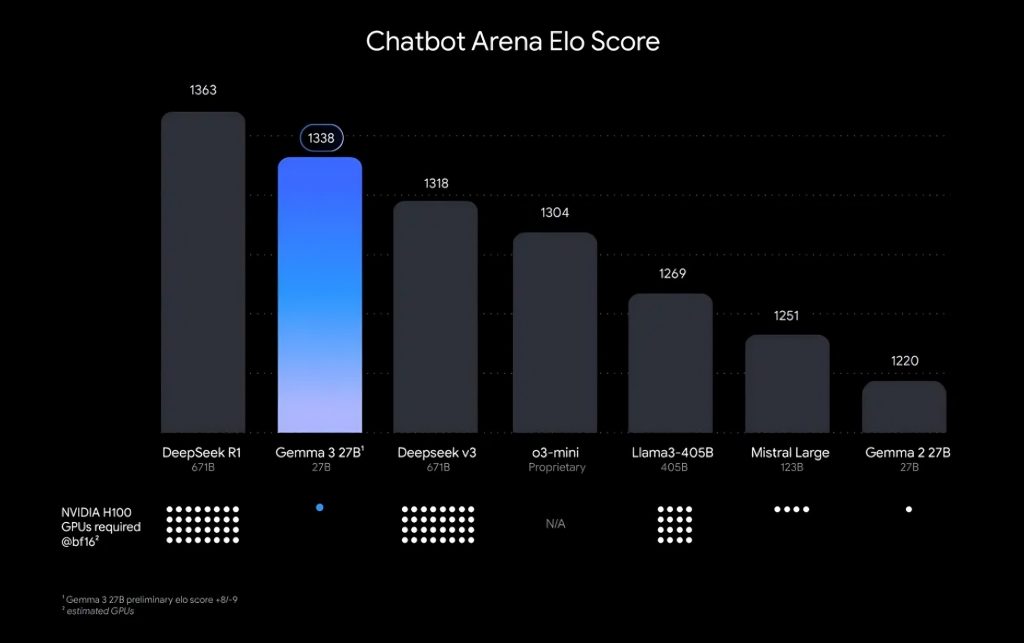
Key Features of Gemma 3
1. Multimodal Capabilities
One of the standout features of Gemma 3 is its ability to process and analyze multiple data modalities. Beyond text, Gemma 3 can interpret images and short videos, enabling a more comprehensive understanding of diverse data inputs. This multimodal functionality opens new avenues for applications that require integrated data analysis.
2. Extended Context Window
Gemma 3 boasts a 128K-token context window, allowing it to process and understand extensive amounts of information. This extended context facilitates more sophisticated AI functionalities, such as handling long-form content and maintaining coherence over extended interactions.
3. Multilingual Support
With support for over 140 languages, Gemma 3 is designed to cater to a global audience. This extensive multilingual capability ensures that developers can create applications accessible to users worldwide, promoting inclusivity and broader reach.
4. Compute Efficiency
A significant advancement in Gemma 3 is its optimized performance, enabling it to run efficiently on a single GPU or TPU. This efficiency reduces the computational resources required, making high-performance AI applications more accessible and cost-effective.
5. Function Calling and Structured Output
Gemma 3 supports function calling and structured outputs, enhancing its ability to automate tasks and develop agentic experiences. This feature is particularly beneficial for applications requiring precise and organized data handling.
Performance Benchmarks
In benchmark evaluations, Gemma 3’s 27B parameter model has demonstrated exceptional performance. Notably, it achieves 98% of DeepSeek-R1’s Elo score using only a single NVIDIA H100 GPU—a feat that typically requires multiple high-end accelerators. This efficiency highlights Gemma 3’s capability to deliver high performance with reduced computational demands.
Safety and Ethical Considerations
Google has emphasized responsible development in the creation of Gemma 3. The model underwent extensive data governance and alignment with safety policies through fine-tuning and robust benchmark evaluations. Additionally, Google introduced ShieldGemma 2, a 4B parameter AI model designed to detect and flag harmful images, reinforcing ethical AI deployment.
Availability and Integration
Gemma 3 is available in four sizes—1B, 4B, 12B, and 27B—offering flexibility for different use cases. Developers can access Gemma 3 through various platforms, including Google AI Studio, Google GenAI SDK, Hugging Face, Ollama, and Kaggle, facilitating seamless integration into existing workflows.
Conclusion
Gemma 3 represents a significant advancement in open AI models, combining multimodal capabilities, extended context processing, and multilingual support with compute efficiency. Its responsible development and accessibility make it a valuable tool for developers and researchers aiming to create innovative AI applications.




